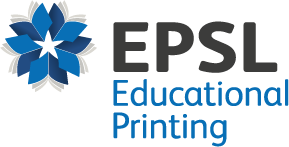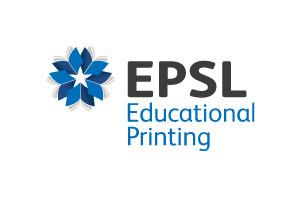Stick to the basics of proofreading
The first step in teaching children to proofread is to teach them the basics. Explain what proofreading is, why it is essential, and what to look for when proofreading. If you encourage them to take their time, read their work carefully, and look for errors, your pupils will have the basics of proofreading down to a tee in no time. What’s more, if you model basic proofreading habits by showing children how to proofread effectively by doing things like reading aloud, using a highlighter or pen to mark errors, then you’ll greatly increase the chances that your students will practice proof-reading also.
Encourage them to keep a checklist
A checklist is a fantastic tool that can be a great item for children to go back to when they’re proofreading. Essentially, a proofreading checklist can help your students to identify common errors in their work, and having this knowledge can help them to avoid making the same mistakes going forward. If you’re encouraging your students to use a checklist, then it’s worth telling them to include key items such as spelling, punctuation, grammar, as keeping track of these key aspects of the writing process can improve the quality of your pupil’s work tenfold.
Peer review
By encouraging your students to peer review each other’s work, you give them the opportunity to get a fresh perspective on their work, which can help them to identify any errors they might have missed. The easiest way to do the is to provide your students with guidelines for the peer review process to ensure they give each other constructive feedback. The checklist doesn’t have to be long - in fact, the shorter the better when not comes to primary school children (you don’t want to overwork them!). It’s best to include simple things like common spelling errors, basic punctuation and capital letters, as younger pupils may find it difficult to spot complex grammatical errors (which is to be expected!).
Practice, practice, practice
Like most new skills, the most effective way to teach children to proofread is through practice. If you encourage them to proofread their work regularly, not just for assignments but also for everyday writing tasks like emails and text messages, the more proficient they will become. Ultimately, there are a range of ways you can introduce your pupils to the benefits of proofreading, but one thing’s for sure - you’ll need some quality printed supplies to help you do it.
That’s where we can help. We supply a huge range of school exercise books, personalised exercise books, and supplementary reading material here at EPSL. Take a look through what we’ve got available on our site - and if you have any questions, feel free to give us a call on 01254 686 500. We’re always happy to help!









